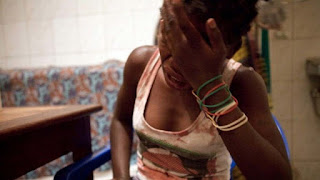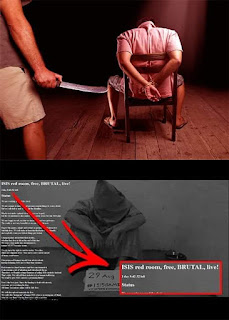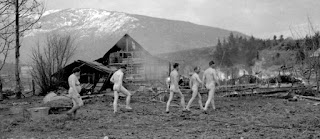Austro-Hungarian soldier with a fallen soldier covered in snow on barbed wire on the Monte Piana, 1917.
Austro-Hungarian soldier with a fallen soldier covered in snow on barbed wire on the Monte Piana, 1917.
The Monte Piana is a 2.3 km tall mountain in the Dolomite mountain range, being part of the natural border between Italy and Austria-Hungary, fiercely contested between them in the First World War.
Upon the outbreak of war between these two in May 1915, Monte Piana had a southern summit occupied by the Italians, and a northern summit occupied by the Austro-Hungarians.
On June 8, 1915, today 108 years ago, the Austro-Hungarians first attacked the Italian positions at Monte Piana. The Italians repulsed the attack and then went on the offensive themselves.
Despite heavy Italian artillery bombardments and an infantry assault between July 15-20, resulting in 833 Italian casualties among 255 deaths, the Italians failed to conquer the northern summit.
In the following 2 years, the Monte Piana became scene to mountainous and freezing warfare, common in the Alps. It would become one of the deadliest yet most static sectors in the Dolomites, the Italians and Austro-Hungarians attacking each other's positions many times, but almost always in vain.
The 2.2 km area between the two summits called "Forcella dei Castrati" became a sort of No Man's Land, which was especially contested in the war.
Following the 12th Battle of the Isonzo, or Battle of Caporetto, in October 1917, the Italians abandoned the Monte Piana on November 3, 1917.
By then, some 14,000 Italian and Austro-Hungarian soldiers had died at Monte Piana, the majority to geographical elements, in particular the freezing conditions, reaching 7m deep snow and -42°C in December 1916.
One Austro-Hungarian soldier Heinz von Lichem remarked on the conditions of Monte Piana:
⠀⠀⠀⠀⠀⠀⠀⠀⠀⠀⠀⠀
"Up here the winter began at the end of September, not in silence and peace, [...] but with the frightful fracture of the war. [...] the enemy did not even give the last rest to their fallen, who remained in front of our reticulated hundreds after bloody attacks, and whom we had buried in place; the grenades of the big guns unsettled the ground night and day, reopening the pits."











Comments
Post a Comment